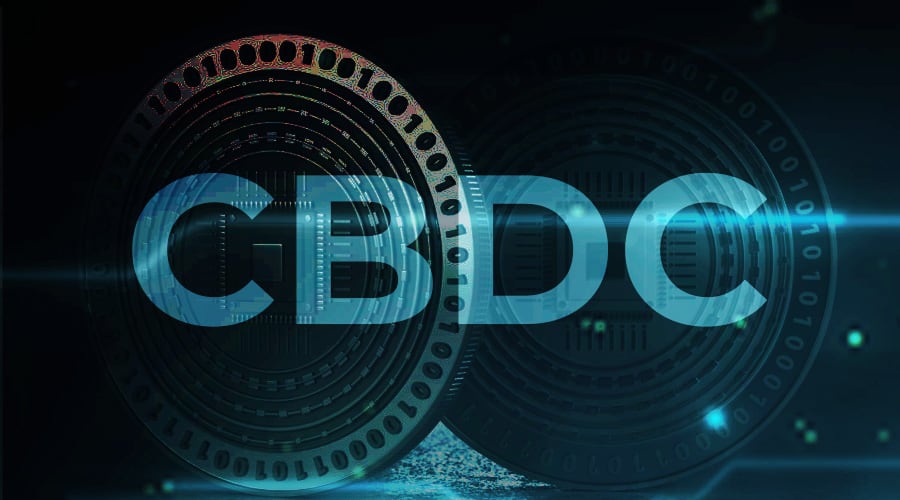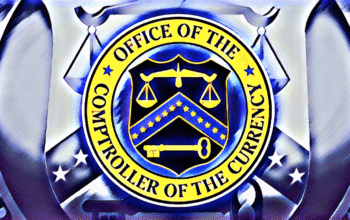 The Project Mariana initiative is investigating the use of automated market-makers (AMMs) to automate foreign exchange markets and settlement processes, potentially improving cross-border payments. AMM protocols leverage pooled liquidity and innovative algorithms to determine the prices between tokenized assets. This technology could form the basis for a new generation of financial infrastructure that facilitates the cross-border exchange of CBDCs, contributing to the G20’s priority of making cross-border payments faster, cheaper, and more transparent.
The Project Mariana initiative is investigating the use of automated market-makers (AMMs) to automate foreign exchange markets and settlement processes, potentially improving cross-border payments. AMM protocols leverage pooled liquidity and innovative algorithms to determine the prices between tokenized assets. This technology could form the basis for a new generation of financial infrastructure that facilitates the cross-border exchange of CBDCs, contributing to the G20’s priority of making cross-border payments faster, cheaper, and more transparent.
Project Mariana is a collaboration between the BIS Innovation Hub Centers in Switzerland, Singapore, and the Euro-system, as well as the Bank of France, the Monetary Authority of Singapore (MAS), and the Swiss National Bank. The project’s primary focus is to explore the use of AMMs for the cross-border exchange of hypothetical Swiss franc, euro, and Singapore dollar wholesale CBDCs between financial institutions to settle foreign exchange trades in financial markets.
The project has three key objectives. The first is to investigate the design and application of AMMs for wCBDCs. The second objective is to explore whether a supra-regional network could serve as an efficient and trusted hub for cross-border settlement. Lastly, the project seeks to research wCBDC governance models within that network. Through these objectives, Project Mariana aims to push the boundaries of cross-border payment infrastructure, ultimately delivering more efficient and effective solutions for financial markets.
Wholesale CBDCs & Retail CBDCs
Retail CBDCs, or rCBDCs, are designed for use by individuals and businesses in their daily transactions, such as buying goods and services. On the other hand, wholesale CBDCs, or wCBDCs, are exclusively held by eligible financial institutions and utilized for financial market payments, such as interbank transfers and settlement of securities. The primary difference between these two types of CBDCs is the intended user base and the purposes for which they are used.
While rCBDCs are geared towards retail customers, wCBDCs are designed to serve the needs of the wholesale market, which includes financial institutions and large corporations.
A Token Standard
The fact that Project Mariana is mentioning a “Token Standard” may indicate that they are planning to use a specific token standard to represent their wCBDCs on the blockchain. This could be an important technical detail that distinguishes their project from others, and it may have implications for how the wCBDCs can be used and integrated with other blockchain-based applications.
It’s also possible that other wCBDC projects are using a token standard but have not explicitly mentioned it in their public communications or documentation. The details of each project’s technical design may not be fully disclosed or may be subject to change as the project evolves.
Regarding the use of Ethereum with permissioned liquidity providers, this is certainly a possibility. Ethereum is a popular blockchain platform that has been used for many different types of applications, and its flexibility and programmability make it a good fit for building complex financial systems.
However, the use of permissioned liquidity providers could limit the decentralization and openness of the system, which could have implications for how the wCBDCs can be used and who can participate in the system.
Ultimately, the success of any wCBDC project will depend on a variety of factors, including technical design, governance, and market demand.



